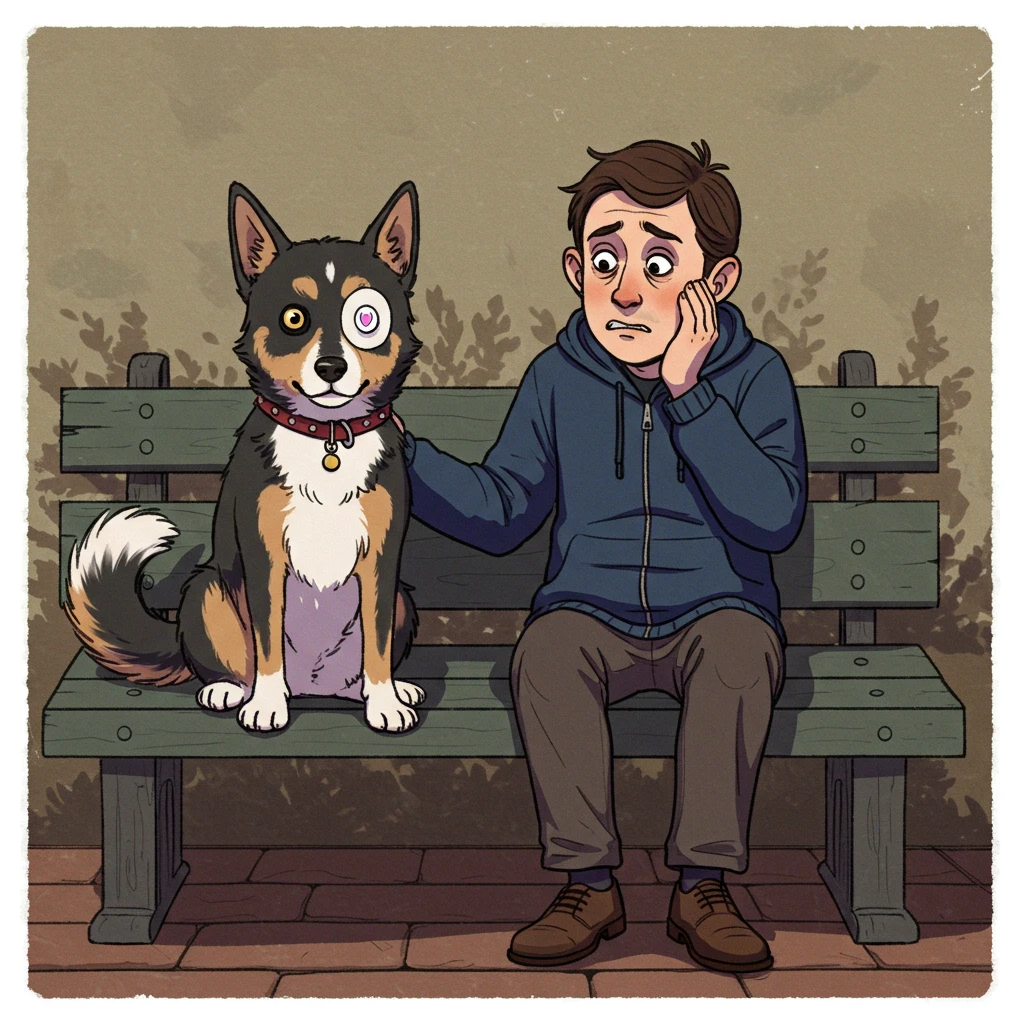The pet insurance sector, particularly for dogs, has undergone a major transformation in recent years thanks to technological innovations. With the increasing awareness among dog owners regarding the health and well-being of their four-legged companions, insurance providers have had to adapt by integrating digital tools and innovative services. This article explores the current trends and significant innovations in this area, while providing concrete examples and best practices.
New Technologies Serving Dog Insurance
1. Veterinary Telemedicine
Telemedicine is one of the most significant innovations in animal care. Many dog insurance providers now offer remote veterinary consultations, allowing owners to consult veterinarians without traveling. This facilitates access to care, especially for animals that have difficulty moving or for owners living in rural areas.
Concrete example: Some applications, like Pawtrack, allow dog owners to ask questions and get veterinary advice online, reducing the need for physical visits and optimizing waiting times.
2. Health Management Applications
Dog insurance providers are integrating mobile applications that allow owners to track their pets’ health. These applications offer features such as vaccination tracking, treatment history, and even reminders for vet visits.
Use case: The “PetDesk” application allows dog owners to manage their pet’s health care, centralizing all necessary information and sending notifications for appointments and medications.
3. Use of Artificial Intelligence (AI)
AI plays a growing role in risk assessment and policy personalization. By analyzing large amounts of data, insurance providers can better evaluate each animal’s risk profile and offer tailored policies.
Example: Platforms like “Fetch by The Dodo” use AI algorithms to analyze animal behavior and predict health risks, allowing insurers to offer more customized coverage.
Innovations in Policy Subscription and Management
4. Simplified Online Subscription
The digitization of subscription processes has revolutionized how dog owners get insurance. Now, it’s possible to subscribe to insurance in just a few clicks through online platforms.
Use case: Companies such as “Embrace Pet Insurance” offer a fully digital subscription process, allowing users to compare different options and choose the coverage that best suits them without having to meet an agent.
5. Price Transparency
Modern insurance providers use online tools to offer dog owners total transparency on prices and benefits. This includes quote simulators that allow users to quickly understand the costs associated with different coverage options.
Concrete example: Websites like “Compare Pet Insurance” offer price comparison tools that allow dog owners to quickly see price and coverage differences between several insurers.
Best Practices and Key Points
6. Owner Education
To maximize the impact of technological innovations, insurance providers must also commit to educating dog owners. Providing educational resources on animal health, preventive care, and the use of new technologies is essential.
7. Offer a Smooth User Experience
The user interface of applications and online platforms must be intuitive and easy to navigate. Insurance providers that invest in user experience are more likely to retain their customers.
8. Continuous Monitoring and Improvement
Insurance providers must continue to monitor market trends and customer feedback to constantly improve their services. Using data analytics to understand user behavior and customer needs is crucial.
Conclusion
Technological innovations are transforming the dog insurance sector, making animal healthcare more accessible, personalized, and transparent. Thanks to tools such as telemedicine, health management applications, and AI, dog owners can now better manage their companions’ health. To remain competitive, insurance providers must adopt these technologies while focusing on owner education and continuous improvement of their services. The future of dog insurance looks promising, with innovations that will continue to enrich the experience of owners and promote animal well-being.
What specific technological features in dog insurance are you most interested in, or are you looking for recommendations based on a particular need?







